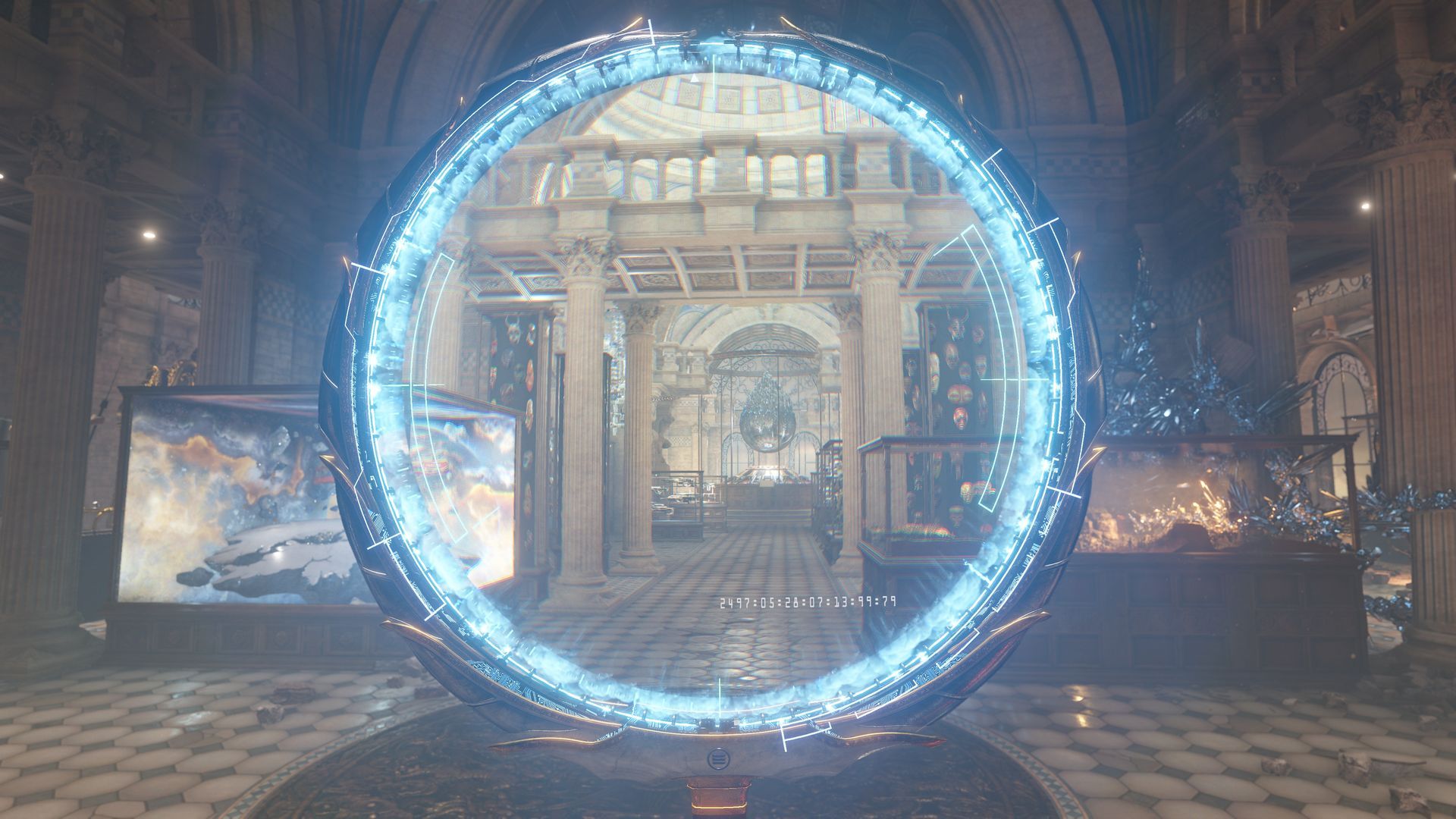

The album proved successful, peaking at number 10 on the Billboard 200. The band released its next album, Chuck, in 2004, led by singles " We're All to Blame" and " Pieces". The singles " The Hell Song" and " Still Waiting" both charted highly on the modern rock charts. In 2002, the band released Does This Look Infected?, which was also a commercial and critical success. All Killer No Filler was certified platinum in both the United States and the United Kingdom and triple platinum in Canada. The album's next singles " In Too Deep" and " Motivation" also achieved commercial success. The album achieved mainstream success with its first single, " Fat Lip", which reached number one on the Billboard Modern Rock Tracks chart and remains the band's most successful single to date. The band released its debut album, All Killer No Filler, in 2001. In 1999, Sum 41 signed an international record deal with Island Records and released its first EP, Half Hour of Power, in 2000. The band was formed in 1996 and most recently consisted of Deryck Whibley (lead vocals, guitars, keyboards), Dave "Brownsound" Baksh (lead guitar, backing vocals), Jason "Cone" McCaslin (bass, backing vocals), Tom Thacker (guitars, keyboards, backing vocals), and Frank Zummo (drums, percussion, occasional backing vocals). The reference constants bring the score in line with traditional 3DMark score levels.Sum 41 is a Canadian rock band from Ajax, Ontario. T_Simulation = The average simulation time per frame S_Reference = Reference score constant set to 5,000 T_Reference = Reference time constant set to 70 S_CPU = (T_Reference × S_Reference) / T_Simulation The CPU score (S_cpu) is calculated from the average simulation time per frame reported in milliseconds. The rendering work in each frame is done before the simulation and does not affect the score. In the Time Spy Extreme CPU Test we only measure the time taken to complete the simulation work. S_graphics = 164 × 2 / (1 / F_gt1 + 1 / F_gt2)į_gt1 = The average frame rate in FPS from Graphics Test 1į_gt2 = The average frame rate in FPS from Graphics Test 2 CPU test score The scaling constant is used to bring the score in line with traditional 3DMark score levels.

We take a harmonic mean of these raw results and multiply it by a scaling constant to reach a Graphics score (S_graphics). Graphics test scoreĮach Graphics test produces a raw performance result in frames per second (FPS). Likewise for a system with a high-end graphics card paired with an underpowered CPU. For example, doubling the CPU speed in a system with an entry-level graphics card doesn't help much in games since the system is already limited by the GPU. This reflects the reality of the user experience. Balanced in this sense means the Graphics and CPU test scores are roughly the same magnitude.įor a system where either the Graphics or CPU score is substantially higher than the other, the harmonic mean rewards boosting the lower score. W_cpu = The CPU score weight, equal to 0.15įor a balanced system, the weights reflect the ratio of the effects of GPU and CPU performance on the overall score. W_graphics = The Graphics score weight, equal to 0.85 = (W_graphics + W_cpu) / (W_graphics / S_graphics + W_cpu / S_cpu) We use a weighted harmonic mean to calculate the 3DMark Time Spy Extreme score from the Graphics and CPU test scores. The better a system's performance, the higher the score. The scores are rounded to the nearest integer. The 3DMark Time Spy Extreme benchmark produces a 3DMark Time Spy Extreme score, a Graphics test sub-score, and a CPU test sub-score. Solution home 3DMark Time Spy Extreme How is the 3DMark Time Spy Exteme score calculated?


 0 kommentar(er)
0 kommentar(er)
